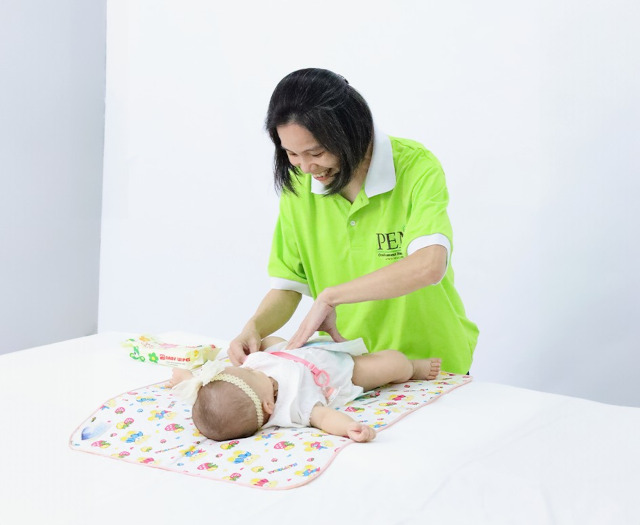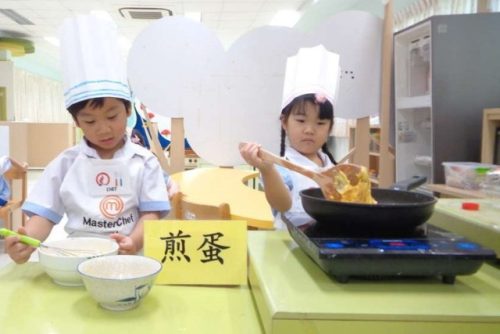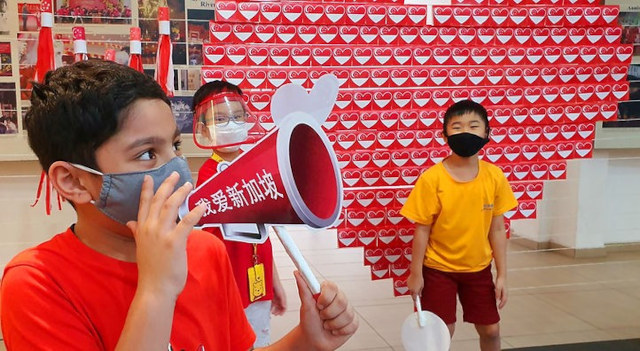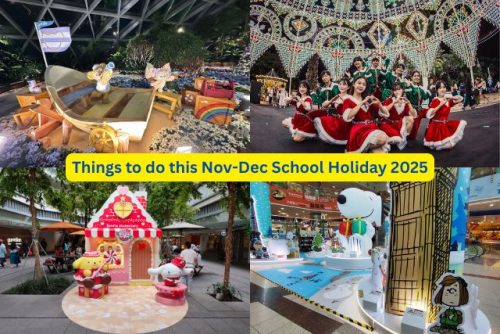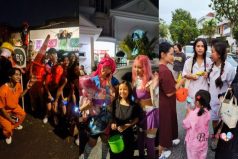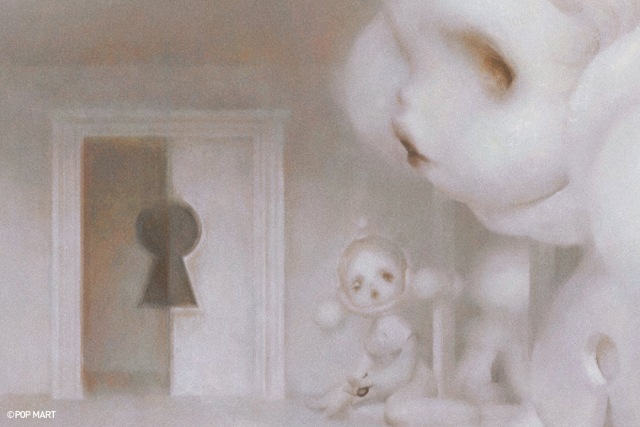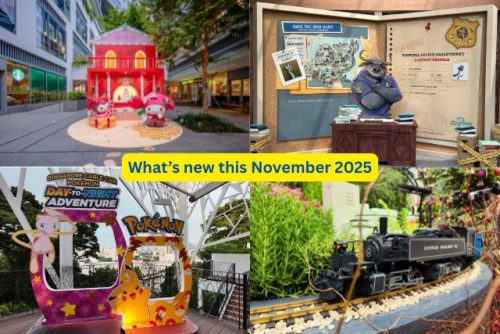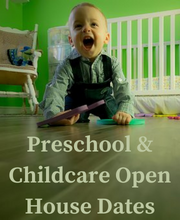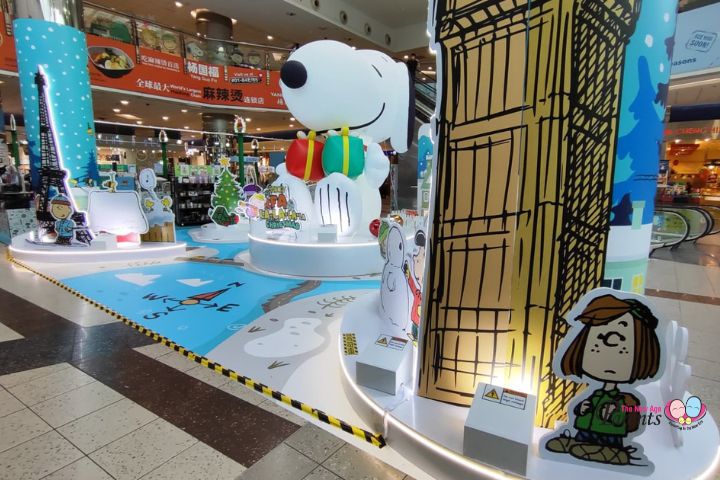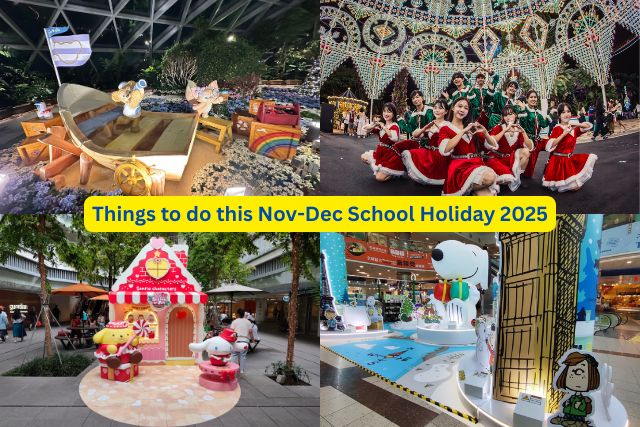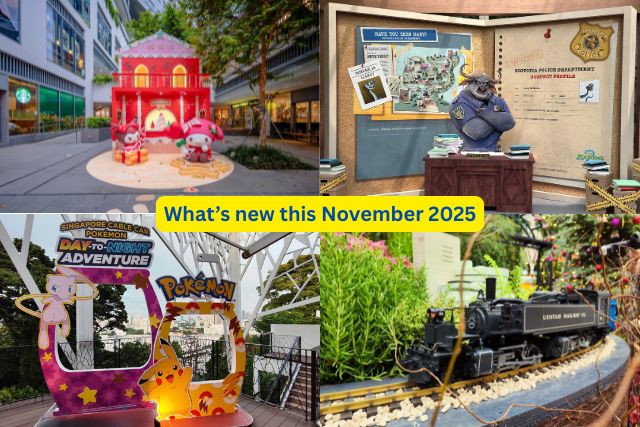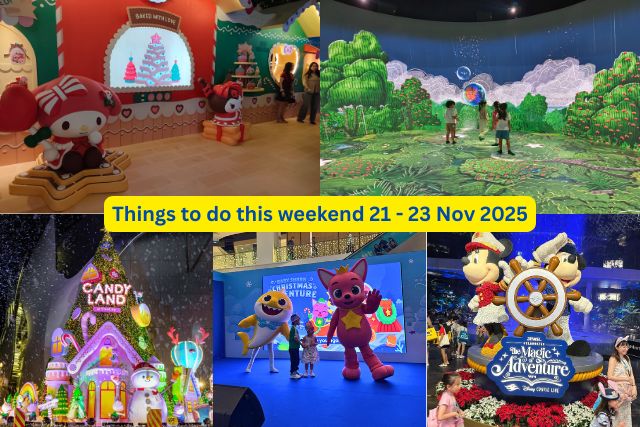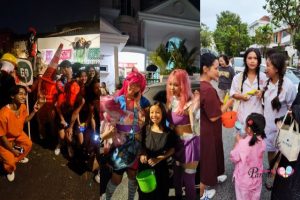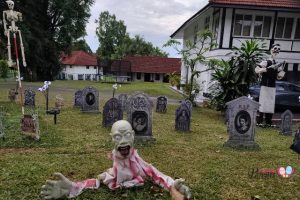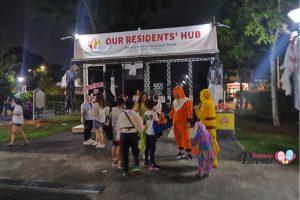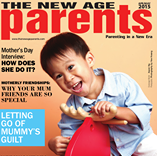SAM’s refreshed Collection Gallery introduces Talking Objects, which considers how familiar things become carriers of meanings, and The Living Room, which reflects on how works of performance may persist beyond their original moments.
 Exhibition view of ‘Talking Objects’. Image courtesy of Singapore Art Museum.
Exhibition view of ‘Talking Objects’. Image courtesy of Singapore Art Museum.
Singapore Art Museum (SAM) presents Talking Objects and The Living Room, two exhibitions opening on 12 September 2025 at Gallery 4, SAM at Tanjong Pagar Distripark. Together, they explore how artworks that are both tangible and ephemeral transform meaning across time, offering new perspectives with each encounter. Featuring 23 works by 22 artists from 11 countries across Asia, the exhibitions draw from the collection of SAM alongside selected works from the Seoul Museum of Art (SeMA) and Queensland Art Gallery | Gallery of Modern Art (QAGOMA), and include newly commissioned performances and activations.
 Exhibition view of ‘The Living Room’. Image courtesy of Singapore Art Museum.
Exhibition view of ‘The Living Room’. Image courtesy of Singapore Art Museum.
Talking Objects considers how the symbolic charge of commonplace items can speak to personal and collective histories, offering varied ways of reading the world through embedded narratives. In parallel, The Living Room reflects on how performance-based practices are remembered, reinterpreted, and sustained over time. Conceived as an open, evolving space, the exhibition reimagines the gallery as a site of gathering, exchange, and continual activation. The Living Room marks the final chapter of Collection Project: Communicating, Convening, Commoning, a three-part collaboration between SAM, SeMA and QAGOMA, which explores shared approaches to collection-building and curatorial practice across the Asia Pacific.
Shabbir Hussain Mustafa, Chief Curator of SAM, says: “Talking Objects and The Living Room offer distinct yet interconnected approaches to understanding how art carries memory, generates meaning, and invites dialogue across geographies and generations. By bringing together objects, ideas, and processes, the exhibitions challenge conventional frameworks of collecting and exhibiting, opening up new possibilities for how audiences might encounter, interpret, and participate in contemporary art. Together, they reflect SAM’s commitment to advancing Southeast Asian perspectives and strengthening collaborations with international partners. They also reaffirm our vision of SAM as a site of research, connection, and exchange – where collecting is conceived as an evolving and critical process, shaped by and responsive to the complexities of the world we live in.”
Art as a reflection of life
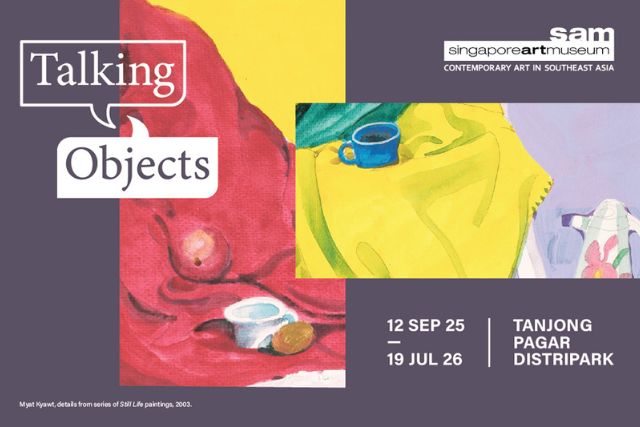 Talking Objects. Image courtesy of Singapore Art Museum
Talking Objects. Image courtesy of Singapore Art Museum
Talking Objects brings together works from the collection of SAM that explore how everyday items, familiar scenes, and common representations become carriers of memory and emotion when transformed into objects of art. The exhibition invites visitors to slow down and engage deeply with objects that embody histories, identities, and lived experiences. By examining materials and forms transformed by artists’ gestures, Talking Objects explore devices of meaning-making in art and offer fresh ways for thinking about the world around us.
In the exhibition, Subodh Gupta’s Hungry God commands attention, confronting viewers with a cascading pile of gleaming stainless-steel household wares. Gupta’s use of these quotidian objects captures the multitudes of definitions and conditions of contemporary India. Here, the towering pile of ubiquitous vessels stand as a witness to economic and social transformations and cultural representations – like a mountain of offerings to a “hungry god”, the work is a compelling reflection of shifting symbolisms brought about by the global industry.
The effect of globalisation on local economies is also alluded to in Alwin Reamillo’s Mang Emo + Mag-himo Grand Piano Project (3rd Movement: Manila-Fremantle-Singapore). Central to the installation is a piano reconstructed from discarded parts of a workshop owned by the artist’s father, who was once the only maker of grand pianos in the Philippines, until the workshop closed with the rise of affordable electronic and factory-made pianos. Created in remembrance of his father, Reamillo collaborated with the craftsmen who used to work at the piano workshop to craft the instrument. More than a portrait of his father, the work weaves together family legacy, artisanship, and a personal history of relocation. Importantly, it is also a ‘social sculpture’ – from involving the craftsmen to inviting audiences to play the piano – the work carries in its materiality a spirit of community and solidarity.
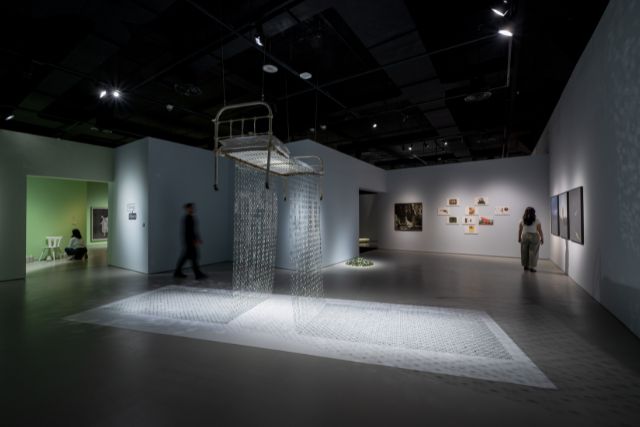 Exhibition view of ‘Talking Objects’. Image courtesy of Singapore Art Museum.
Exhibition view of ‘Talking Objects’. Image courtesy of Singapore Art Museum.
The interweaving of personal stories with social histories and experiences is one of the common threads in the exhibition. Nguyen Phuong Linh’s Trung Ma – Endless, Sightless presents a still life of a beauty parlour, portraying an industry brought about by the perceived societal standards of beauty. In the video, images are viewed through a veil of smoke and curtains. Here, the beauty parlour becomes a metaphor for how the proximity of service industries in our lives obscures the lived realities of women navigating globalised labour.
Metaphors and representations of the body and human condition is another key thread in the exhibition. Suzann Victor’s Third World Extra Virgin Dreams comprises a bed suspended from the ceiling and draped with a 10m long tapestry of blood stained lenses. Staging the site for where life both begins and ends, where dreams and nightmares, strength and vulnerability, play out, the work is an invitation to be keenly aware of the body’s performance of desire and fragility.
A similar contemplation of life is core to Christine Ay Tjoe’s Lama Sabakhtani #03. A stripped-back typewriter, bathed in an emotive composition of sound, sits in solitude, its bare keys resembling outstretched fingers seeking a connection. When certain keys are pressed, the musical composition changes. Triggered by (human) interaction, an allegorical effect emerges as emotions are evoked through the collection of sound and the pain on our fingertips. For the artist, it is a meditation on the overcoming of sadness and the joy that accompanies it through a life that seeks to connect.
Accompanying the artworks is a digital exhibition guide that leads visitors through the exhibition space, highlighting dialogues between different artworks and offering multiple readings through the voices of the artists, curators and writers. Talking Objects is an invitation to take a close look at the world around us and seek new ways of seeing, thinking and meaning.
A space for remembering and revisiting performance
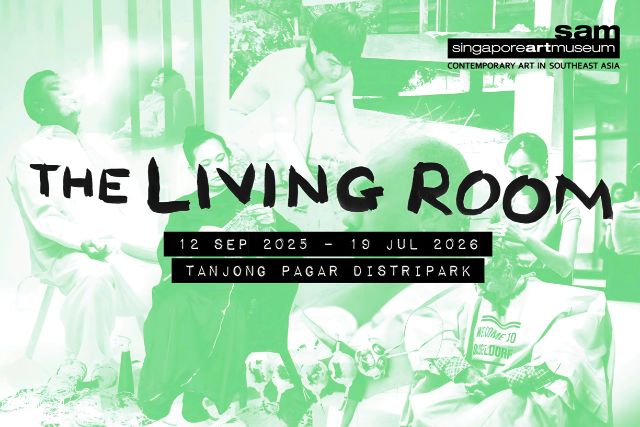 The Living Room. Image courtesy of Singapore Art Museum
The Living Room. Image courtesy of Singapore Art Museum
The Living Room brings together performance-based works from the collections of SAM, SeMA and QAGOMA, alongside invited artists, that engage with liveness, temporality, and impermanence. Through archival traces, re-enactments, activations, and conversations, the exhibition invites visitors into a shared space where performance continues to unfold, taking new shape through memory, encounter, and exchange. Like a living room in the home, it is both personal and communal: a place to gather, reflect and allow works to be revisited, reimagined and even co-created.
The exhibition reflects on what remains after the ‘live’ moment of a performance has passed. Nearly a decade on, Ezzam Rahman returns to his 2015 performance Allow Me to Introduce Myself – now with an adapted title Allow Me to Introduce Myself – not to restage the past, but to meet it in the present. His talcum-powder rituals, typically defined by the scattering of powder with each breath and movement, are now shaped by the changes in his ageing body and evolving relationship to performance. In this setting, the act of return becomes a way to attend to the passage of time – resisting nostalgia while asking how the body carries and reshapes what it has already lived.
This attention to the life of a work – and to care for it at the point of its transformation – shapes the presentation of Chia Chuyia’s Knitting the Future, a five-week durational performance staged in 2016 in which she wove a full-length garment from strands of leek. Over the years, the once pliable and green material has dried and become fragile. Shown here with video documentation of its making, the work is not presented to recreate the original performance, but to acknowledge what it has become. During Singapore Art Week 2026 (22 to 31 January 2026), the garment will be activated for a final time, with a performance that tends to its final moments and lays it to rest – framing performance itself as a form of care and asking what it means to close a work with intention.
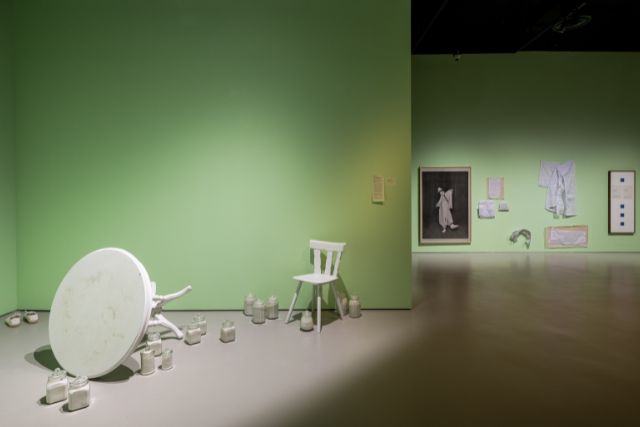 Exhibition view of ‘The Living Room’. Image courtesy of Singapore Art Museum.
Exhibition view of ‘The Living Room’. Image courtesy of Singapore Art Museum.
In a similarly reflective register, Jeremy Hiah’s Performance Journal Scroll maps two decades of artistic activity across a ten-metre hand-drawn scroll. Its figures and scenes shift between remembered events and imagination, layering time and meaning into a single visual field. Presented alongside archival footage of performances staged in public spaces, galleries, and the artist’s own living room, the work foregrounds drawing as an active performative gesture, one that resists fixing the past and instead treats memory as something that can be reanimated each time it is encountered.
Brian Fuata works with improvisation as both method and material, shaping each performance in response to the space, context and people present. Rarely repeated in the same form, his works unfold through a mix of spoken word, movement and unscripted interactions that generate a charged presence in the room. Within The Living Room, his performance Minor Gestures (a conduit in the living room) will take place as a structured improvisation generated on-site, responding to both the exhibition and its physical containment. While the work may exist only in the moment it is enacted, the space after often retains a residual charge that lingers beyond the event. Brian’s improvised performance injects the space with electrifying energies – an invisible yet potent aftereffect that lingers beyond the live encounter. This prompts the question of how such energies might be carried forward for audiences who encounter the exhibition later. This tension – between the immediacy of the unpredictable encounter and its afterlife – sits at the heart of Fuata’s practice and of the exhibition’s interest in how performance continues to live on after the event itself.
The question of how performance histories are carried forward takes shape in Nam Hwayeon’s Ehera Noara. Inspired by pioneering Korean dancer Choi Seung-hee’s original 1933 performance of the same name – now surviving only through a handful or archival photographs and written accounts – Nam draws from these fragments to construct a living performance archive, realised in the body of performer Chung Ji Hye. Moving between Choi’s era and the present, they fill in the absences between surviving moments, tracing a line of influence across generations. In The Living Room, the work functions both as archive and performance, reflecting on how embodied practices are remembered, transmitted, and reinterpreted as they pass from one body to another over time.
Kim Ga Ram‘s participatory project The AGENDA Hair Salon (2014-ongoing), previously staged in Seoul and Dusseldorf, also changes with each iteration. In this version, presented at the upcoming Singapore Art Week, the gallery becomes a functioning hair salon where Kim, trained in hairdressing, offers visitors a free haircut in exchange for conversation. Participants may choose a slogan-printed cape and decide how much hair to part with, turning the haircut into a symbolic gesture of personal belief or solidarity. By placing this intimate, everyday act in a public setting, the work transforms it into a space for exchange, vulnerability and care – asking how small ordinary gestures can carry the weight of performance long after the encounter has ended.
Throughout its run, The Living Room will include a series of performance activations by participating artists. The full schedule will be made available on SAM’s website.
Audiences can participate in programmes such as live performances, performance activations, curator-led tours, and artist talks and conversations – opportunities to connect more deeply with the exhibitions’ themes and gain insight into the distinctive practices of the featured artists. Both exhibitions will be on view at SAM at Tanjong Pagar Distripark, Level 3, Gallery 4, from 12 September 2025 to 19 July 2026. General admission fees apply, with free entry for Singaporeans and Permanent Residents.
More information about Talking Objects and The Living Room can be found on SAM’s website.
* * * * *
Looking to reach over 100,000 parents in Singapore? Let us amplify your message! Drop your contact details here, and we’ll reach out to you.
Discover exciting family-friendly events and places to explore! Join our Telegram channel for curated parenting recommendations.





